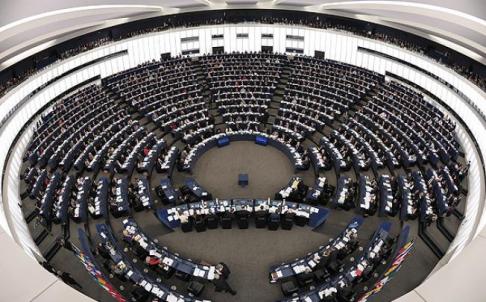CAIRO: With the advent of the global financial crisis, most countries saw their construction activities grind to a halt as banks tightened lending. In this respect, Egypt is proving resilient; indeed, its cement producers are trying to keep pace with an energetic construction industry.
As an anti-crisis measure, the government has aimed stimulus money at large infrastructure development projects, including water treatment plants, railways, highways and housing. Around LE 23 billion (?3.1 billion) has been issued since October 2008 to stimulate the economy, and the People’s Assembly is currently pushing through another LE 10 billion (?1.35 billion) in stimulus cash, which will be financed by the sale of land plots.
This construction surge should help push the GDP growth rate above 5 percent in the 2009/10 fiscal year, after registering 4.7 percent in 2008/09.
The sustained demand means Egypt’s limited construction supplies are trying to keep up. “Despite the slowdown in Egypt’s GDP following the global financial crisis, it has not translated into a slowdown in construction, with cement demand maintaining high growth levels throughout 2009, Jaime Muguiro Dominguez, president of Cemex, a local cement company, told OBG. According to the national Industrial Development Authority, cement demand increased 26 percent over the course of the year.
As a global trend, most input costs for construction decreased during the crisis due to lack of demand. However, Egypt saw a steady rise in the number of construction projects, so prices for rebar have stayed steady in most parts of the country, while increasing slightly in Alexandria and Matrouh, for example.
In contrast, cement shot up to LE 680 (?90) per ton in April 2009, and the government swiftly responded by banning exports of the product for four months. Without the possibility of producers sending their product abroad, prices stabilized at around LE 500 (?67).
“Contractors are expediting projects to capitalize on significantly lower overall construction costs, with this demand acting as the main driver for cement price increases, said Dominguez.
Earlier in February, the Trade Ministry shot down a planned price increase by two Egyptian cement firms, the Suez Group and Amreyah Cimpor Cement Company. The government has intervened on cement pricing before, including increasing export duties in 2007 and prosecuting 20 firms for price-fixing in 2008.
But low prices do not necessarily solve the shortage caused by increased demand, and the government has pledged to increase domestic cement production capacity. The country is now producing 50m tons of cement annually. Bidding for eight new cement production licenses will begin in mid-2010, with each new factory able to contribute an extra 1.5 million tons per year.
While some fear this will create a massive cement surplus once the construction push is over, there are signs that Egypt will be well stocked with projects for the foreseeable future. For one, Orascom, the country largest construction company, has teamed up with Morgan Stanley to focus on infrastructure development in the MENA region. Their 50-50 joint venture, unveiled in January, will spend “hundreds of millions on projects ranging from wastewater treatment plants to power generators, according to Orascom CEO Nassef Sawiris. The Egyptian holding is already involved in the construction of two new fertilizer plants in Egypt with a $200 million price tag in total.
This new joint venture follows an upswing of private sector participation directed at eliminating the industrial bottleneck caused by lack of infrastructure. “From an operational standpoint, Egyptian industrialists face a major future challenge in securing additional power plant capacity and supply of electricity, Dominguez told OBG.
The World Bank has predicted that if Egypt permanently increases its infrastructure expenditure to 6 percent from its current 5 percent, then its annual GDP per capita growth rate would increase by 0.5 percent within a decade.
As such, Egypt’s anti-crisis measure is serving two main purposes: creating jobs and stimulating the economy, while also putting into the place the infrastructure needed to leverage future growth. However, in this situation Egypt’s cement producers have not been able to fully capitalize on skyrocketing demand. -This article was first published by Oxford Business Group on Feb. 17, 2010.

